‘Huge tragedy’: Parishioner botches restoration of 15th-century statue set
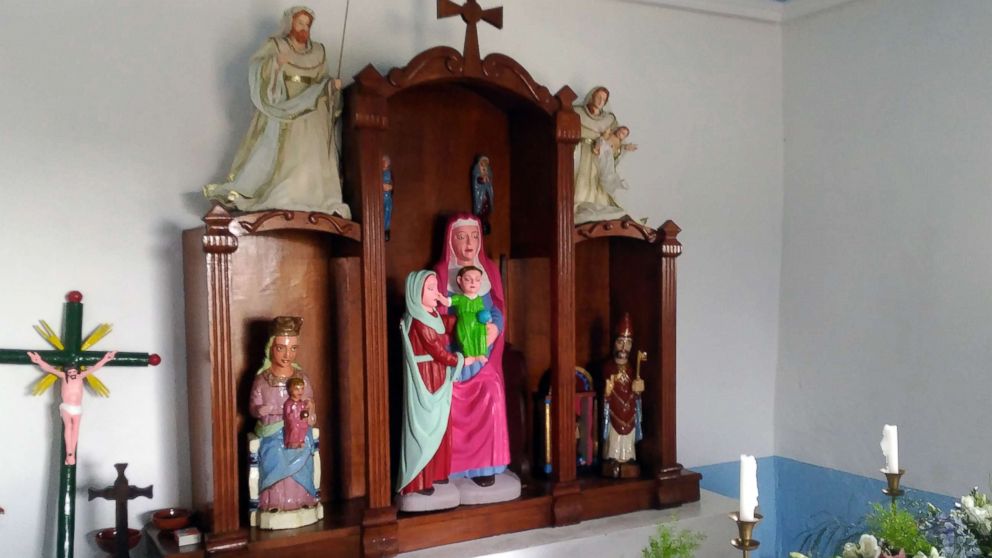
MADRID -- A Spanish parishioner in El Ranadoiro, Spain, recently "restored" a set of 15th century wooden religious statues by painting them in unconventionally bright colors. Now, it’s unclear if the art can be saved.
The statues, which come from a chapel in El Ranadoiro, originally depicted Saint Anna and Virgin Mary with Jesus Christ and St. Peter in natural, muted tones. They were repainted in 2018, and now depict Jesus in a neon green robe, with the Virgin Mary wearing bright pink. The changes were made by Maria Luisa Menendez, a resident of El Ranadoiro, a village of 16 people in the Asturias region of Spain.
Menendez said that she wanted to give the statues a "fresh look," so she obtained permission from the local priest, according to the Spanish newspaper El Comercio.
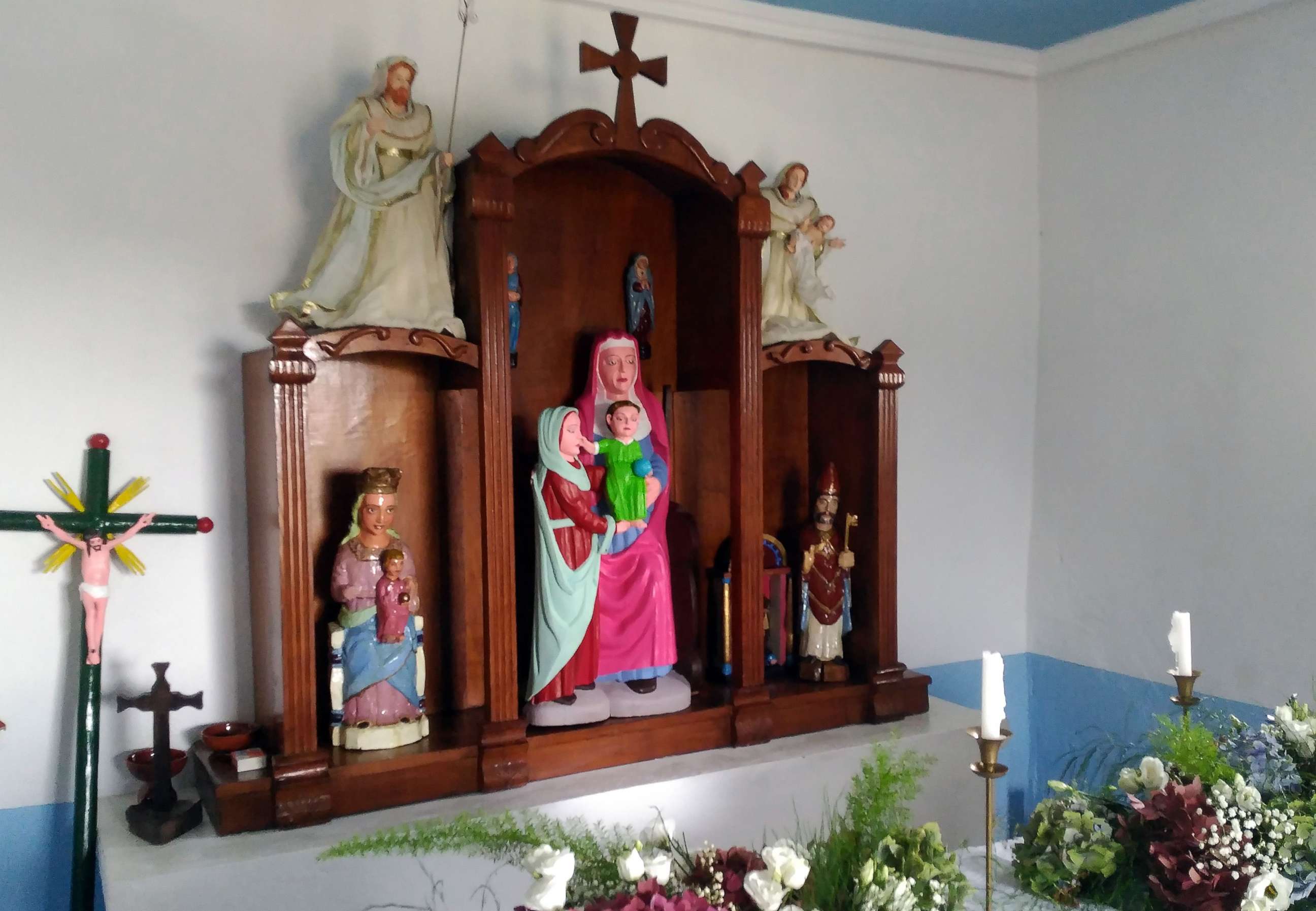
Fernando Carrera, the president of the Association of Conservators and Restorers of Spain (ACRE), told ABC News that despite legal protections for Spanish patrimony, "the church in Spain sometimes forgets it's not just their heritage but all of our heritage." As such, he said, the church sometimes will accept the assistance of "devotees" with no consideration of potential long-term damage.
"I am not a professional, but I always liked [the works of art], and the statue needed to be painted," Menendez told El Comercio. "So I did it the way I could, with the colors that looked good to me, and the neighbors liked it."
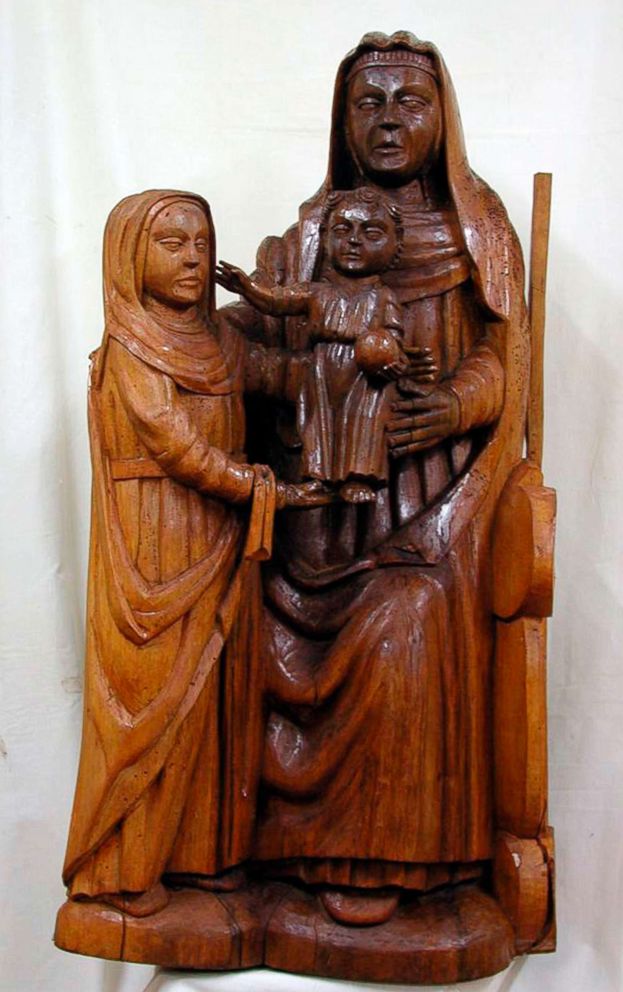
But not everyone is fawning over Menendez’s choices.
"What a pain. What a lack of sensitivity," Luis Suarez Saro, an art restoration expert from Asturias who first restored the same wooden sculptures between 2002 and 2003, told ABC News. He noted that he had restored them after obtaining government approval.
Saro said that Menendez’s changes to the statues was a “huge tragedy” and that she displayed a “high level of ignorance.”
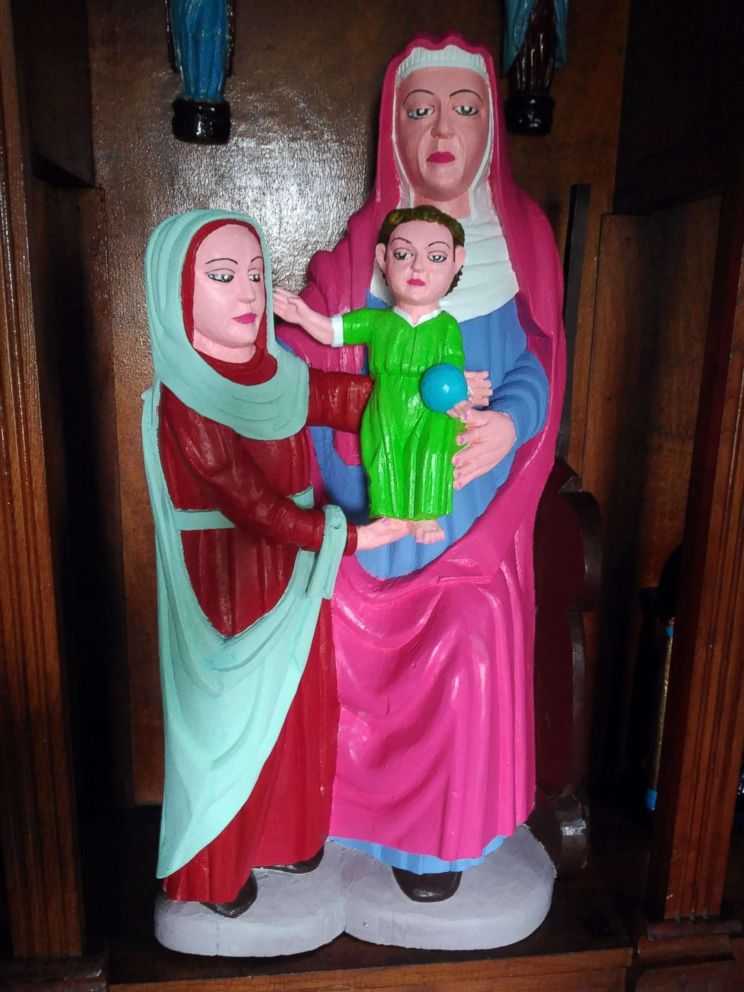
“We are now working closely with a special laboratory to see if we can undo this restoration,” he added.
The botched statues can be added to the list of other “homemade” restorations that have been done to works of religious art across Spain in recent years. In 2012, “Ecce Homo,” an early 20th century fresco that depicted Jesus Christ, was restored in a way that made him look like a nightmarish cartoon. In June of this year, the restoration of a 16th Century wooden statue of Saint George from the Navarre region of northern Spain was similarly botched.
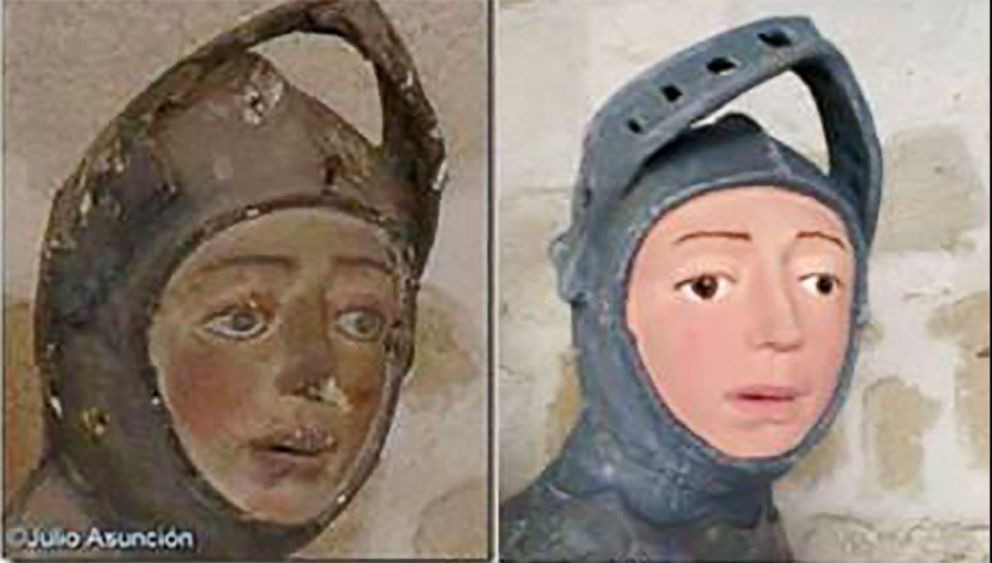
This latest addition to the genre of problematic Spanish restorations has sparked outcry on social media. Most notably, ACRE used a couple of hashtags on Twitter to raise awareness: #SOSPatrimonio (SOS Heritage) and #NoEsRestauracion (This is Not Restoration).
“Does no one care about this continued pillaging in our country?” the association tweeted earlier this month. “What kind of society stands by as its ancestor's legacy is being destroyed before its eyes?”
ACRE is campaigning to enforce the law in Spain. "What is incredible is that Spain has a high level of protection but when the law is broken you don't have any legal consequences," Carrera said.



